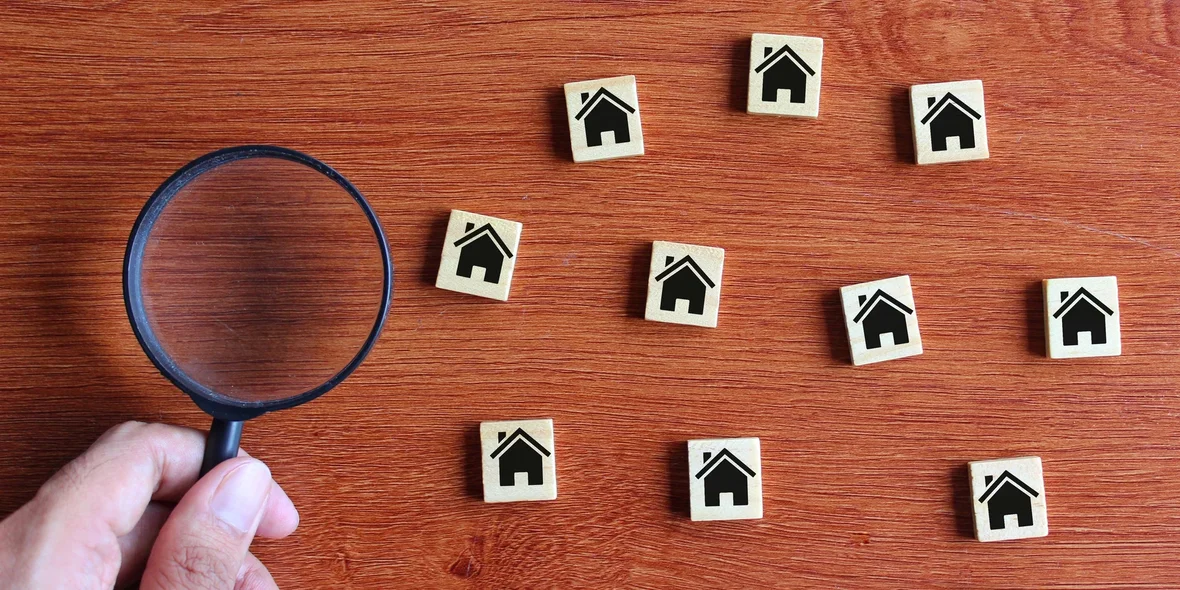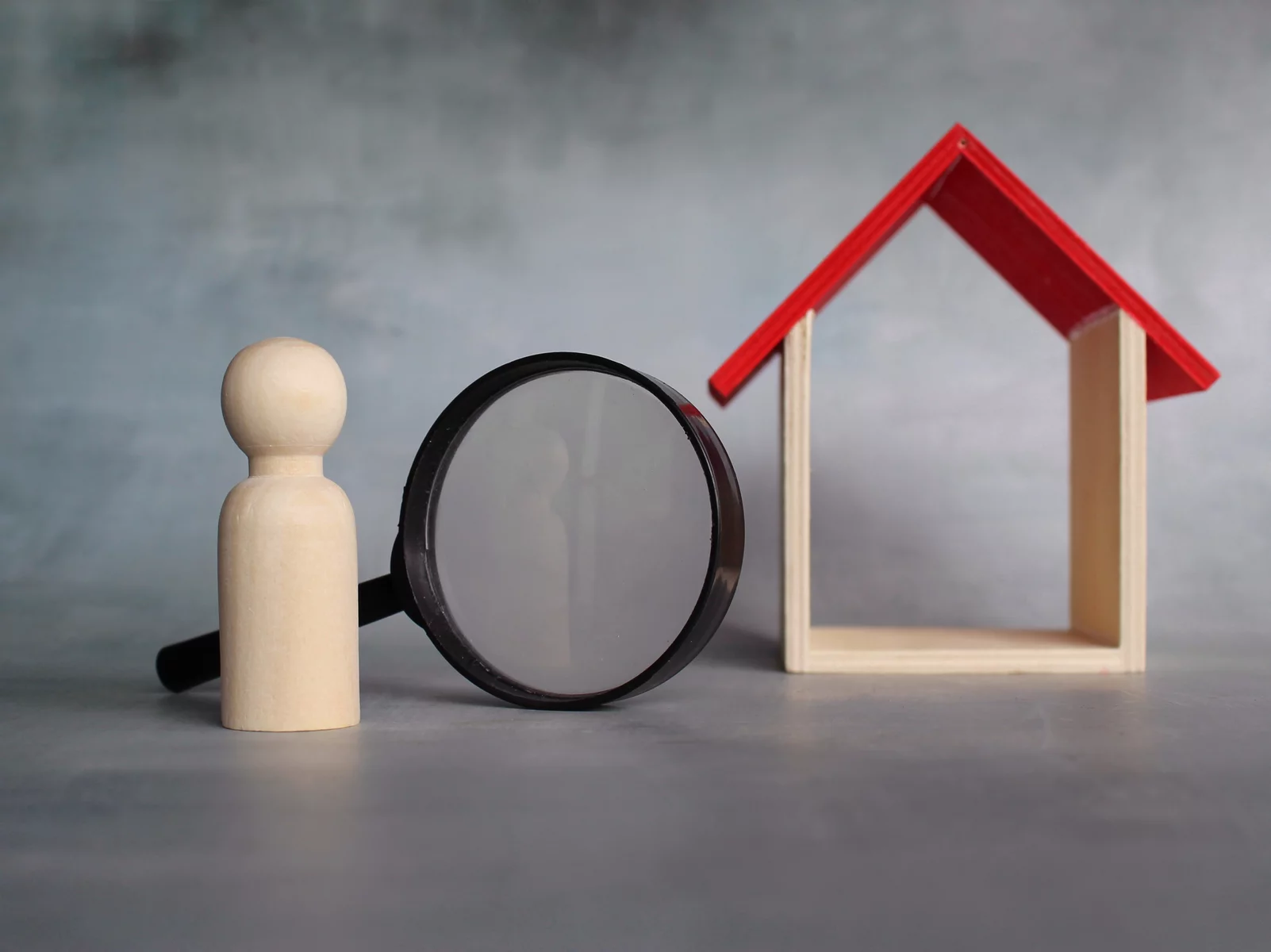
Cadastral Value: Impacts and Importance for Home Buyers & Owners
The concept of cadastral value is an important one for property owners and real estate professionals alike. In simplest terms, the cadastral value represents the officially assessed worth of a property for taxation purposes. It is determined by the property's location, size, permitted use, improvements, and other attributes.
When a property is bought, sold, inherited, or gifted, understanding its cadastral value is key. This valuation forms the basis for transfer taxes, stamp duties, and other levies that may apply. It is also used to calculate local property taxes in many jurisdictions.
What is a Cadastral Value?
The cadastral value is the price of a property or a plot of land that is established by a public authority after a special appraisal. The cadastral value is used to calculate taxes correctly. It is used in a number of other administrative procedures (e.g., when formalising a deed of gift or establishing inheritance rights).
Each property and plot of land has a cadastral value. It is worth remembering that it may differ from the market price. While the market price depends on the property’s condition, layout, interior design, location, view from the window, equipment, and other nuances, the cadastral value has other characteristics.
Why does the owner need to know the cadastral value?
Firstly, in order to calculate taxes correctly (e.g., land and property tax); secondly, in order to efficiently use and manage the property; thirdly, for statistics, accounting, etc.
The cadastral value is established by a state authority. At the same time, the owner of the property can disagree with the cadastral value and demand a reconsideration. The owner can make an independent appraisal and then submit the documents to the state register of real estate.
In a number of European countries, as well as in the USA, a complex valuation of land and buildings has been carried out. As a result, almost every property there has a cadastral value.

How is Cadastral Value Determined?
Specialized government agencies are tasked with assigning a cadastral value to all land parcels and properties in their locality. While the exact methodology varies, it typically involves:
- Examining recent sale prices of comparable properties in the same area.
- Factoring in the site size, permitted density, and permissible uses.
- Assessing the state of current improvements, like buildings.
- Adjusting for location attributes and easements.
The goal is to arrive at a standard, unbiased estimate of a property's market value for fiscal purposes. Appraisals may be done periodically to realign cadastral values with changing market conditions.
Why Does Cadastral Value Matter?
As the official property valuation, the cadastral value has financial implications for owners. Higher cadastral values would generally translate to higher recurring taxes. It also impacts one-time charges that are often calculated as a percentage of property value during a transfer or inheritance.
For prospective buyers, understanding the methodology used to assign cadastral value provides insights into how local real estate is assessed. This allows an informed comparison with actual listing prices in the market. Any mismatches should be accounted for while evaluating the fairness of a deal.
By arming yourself with knowledge of cadastral value nuances, property decisions can be made judiciously. A small upfront investment in valuing land correctly goes a long way.
Cadastral vs Other Values
Here are some examples that compare the cadastral value to other property values:
Cadastral Value vs Market Value
The cadastral value is set by governmental agencies for property tax purposes. Market value is what a property can actually sell for in the current market based on comparable sales.
Example: Anna's home has a cadastral value of $350,000 set by the municipal assessment office. But due to high demand and bidding wars in Anna's neighborhood, identical homes have recently sold for $450,000. The market value is $100,000 higher than the official cadastral value.
Cadastral Value vs Assessed Value
Assessed value is also determined annually by tax authorities to calculate property taxes. The assessed value attempts to represent a percentage (e.g., 60%) of the current market value. Cadastral value does not fluctuate annually and lags longer-term market trends.
Example: John's townhome has a cadastral value of $250,000, set three years ago. For this tax year, his assessed value was updated to $310,000, or 60% of the estimated $515,000 market value today.
Cadastral Value vs Insured Value
The insured value is chosen by the property owner to determine insurance premiums and coverage limits. It helps determine payouts in case reconstruction is needed after damage. It may reflect replacement cost rather than market worth.
Example: Maria chose an insured value of $600k to cover rebuilding her custom cottage. The current cadastral value is a more modest $450k based on official valuation parameters.









